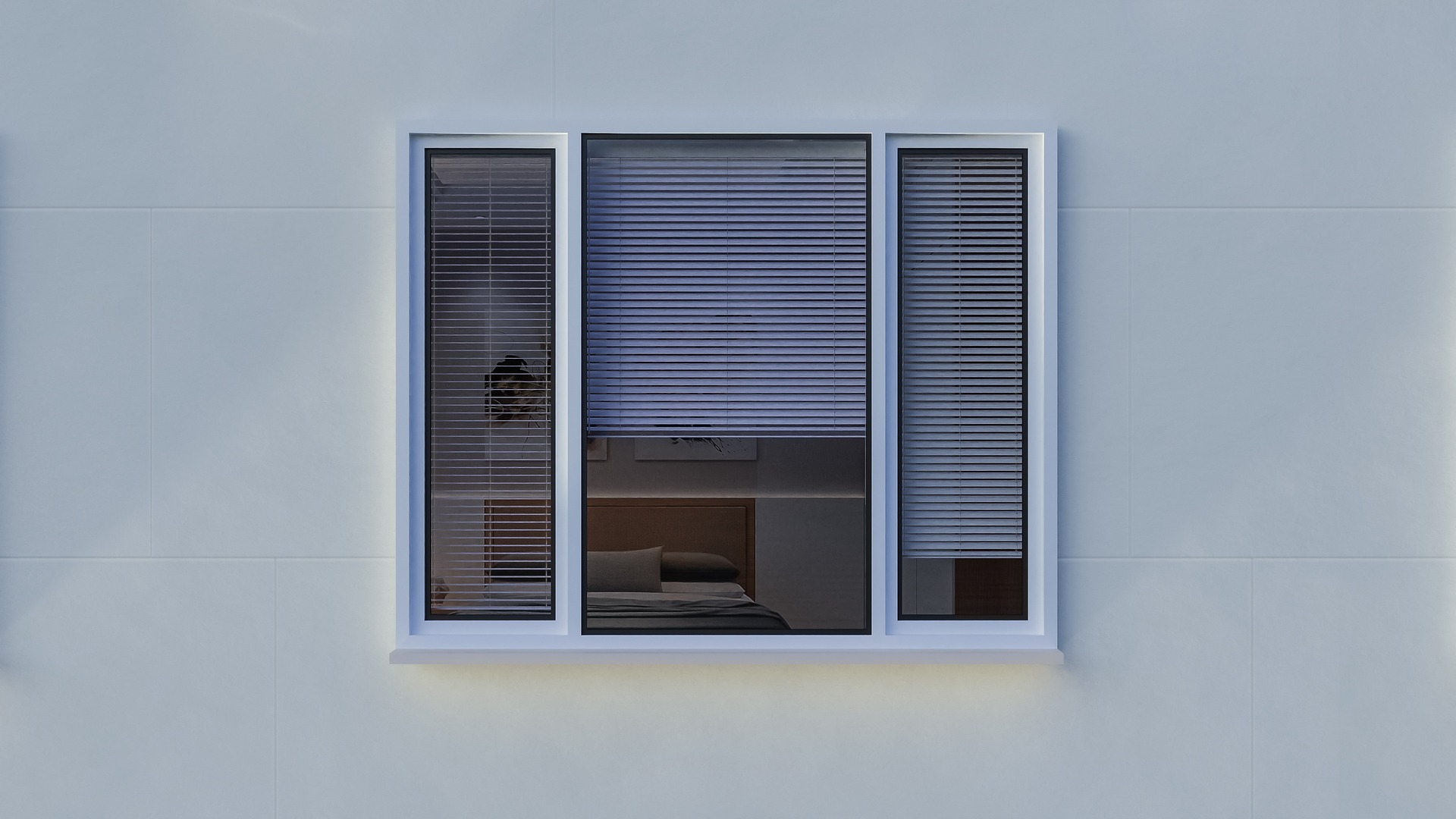Neuroaesthetic Home Design: Crafting Spaces for Brain Harmony
The fusion of neuroscience and interior design is revolutionizing how we approach our living spaces. Imagine stepping into a room that not only pleases the eye but also soothes the mind, enhances focus, and promotes overall well-being. This isn't a far-off dream, but the reality of neuroaesthetic home design – a cutting-edge approach that's reshaping our understanding of what makes a space truly livable.

The Science Behind Neuroaesthetic Design
At its core, neuroaesthetic design is rooted in the understanding that our environment has a profound impact on our brain function and mental state. Research in cognitive neuroscience has shown that certain visual and spatial elements can trigger specific neurological responses. For instance, curved architectural features have been found to activate reward centers in the brain, leading to feelings of pleasure and comfort. Similarly, exposure to natural light patterns can help regulate our circadian rhythms, improving sleep quality and overall well-being.
Neuroaesthetics also takes into account how different sensory inputs affect our cognitive processes. The texture of surfaces, the acoustics of a room, and even the scents present in a space can all influence our mood, concentration levels, and creativity. By carefully curating these elements, designers can create environments that not only look appealing but also function as cognitive enhancers.
Key Principles of Neuroaesthetic Home Design
Biomorphic Forms and Patterns
One of the fundamental principles of neuroaesthetic design is the incorporation of biomorphic forms and patterns. These are shapes and designs that mimic those found in nature, such as the spiral of a seashell or the branching pattern of tree limbs. Our brains are naturally attuned to recognizing and finding comfort in these organic forms, which can lead to reduced stress levels and improved cognitive function.
Implementing biomorphic design can be as simple as choosing furniture with soft, curved edges or incorporating wallpapers and textiles with nature-inspired patterns. More ambitious applications might include architectural elements like spiral staircases or ceiling designs that mimic natural canopies.
Optimized Lighting Design
Lighting plays a crucial role in neuroaesthetic design, as it directly impacts our circadian rhythms and cognitive performance. The goal is to create lighting schemes that mimic natural light patterns throughout the day, supporting our body’s internal clock and enhancing our mood and productivity.
This can involve the use of smart lighting systems that adjust color temperature and intensity throughout the day, mimicking the natural progression of sunlight. Designers might also incorporate light wells, skylights, or strategically placed windows to maximize natural light exposure while minimizing glare and heat gain.
Multisensory Engagement
Neuroaesthetic design recognizes that our experience of a space is not limited to visual stimuli alone. By engaging multiple senses, designers can create more immersive and cognitively stimulating environments. This might involve the use of textured surfaces that invite touch, the incorporation of water features for their soothing auditory qualities, or even the integration of aromatic elements to evoke specific moods or memories.
For example, a home office might feature a variety of textures – from smooth, cool marble surfaces to warm, grainy wood – to provide tactile stimulation that can help maintain focus and engagement throughout the workday.
Cognitive Color Theory
Color plays a significant role in neuroaesthetic design, as different hues can evoke specific emotional and physiological responses. While traditional color theory focuses on aesthetic harmony, cognitive color theory delves into how colors affect our mood, productivity, and even our perception of time and space.
For instance, blue tones have been shown to promote calmness and improve focus, making them ideal for home offices or study areas. Warmer hues like reds and oranges can stimulate appetite and social interaction, making them suitable for dining rooms or entertainment spaces. By strategically applying color throughout the home, designers can create spaces that support different activities and emotional states.
Practical Applications in Home Design
Implementing neuroaesthetic principles in home design doesn’t necessarily require a complete overhaul of existing spaces. Small, thoughtful changes can have significant impacts on how we experience our living environments.
In the bedroom, this might involve choosing bedding and wall colors in soothing, cool tones to promote relaxation and better sleep quality. Incorporating natural materials like wood or stone can add biomorphic elements that resonate with our innate connection to nature.
For home offices, neuroaesthetic design might focus on creating a balance between stimulation and focus. This could involve using adjustable lighting systems that mimic natural daylight cycles, incorporating plants or nature-inspired artwork to reduce stress, and choosing furniture with ergonomic, organic forms to enhance comfort and productivity.
In common areas like living rooms, the emphasis might be on creating spaces that facilitate social interaction and relaxation. This could involve arranging furniture in circular patterns to encourage conversation, using a mix of textures and materials to create a rich sensory environment, and incorporating elements like fireplaces or water features that serve as natural focal points.
The Future of Neuroaesthetic Home Design
As our understanding of the brain’s relationship with our environment continues to evolve, so too will the field of neuroaesthetic design. Emerging technologies like virtual and augmented reality are opening up new possibilities for creating immersive, cognitively optimized spaces that can adapt in real-time to our needs and preferences.
Moreover, the growing interest in personalized medicine and wellness is likely to drive more individualized approaches to neuroaesthetic design. In the future, we might see homes that can adjust their environments based on the specific cognitive and emotional needs of their occupants, creating truly responsive living spaces.
Neuroaesthetic home design represents a paradigm shift in how we think about our living spaces. By considering not just how our homes look, but how they make us feel and function on a neurological level, we can create environments that truly enhance our quality of life. As this field continues to grow and evolve, it promises to transform our homes into havens that not only shelter us but actively contribute to our cognitive health, emotional well-being, and overall happiness.





